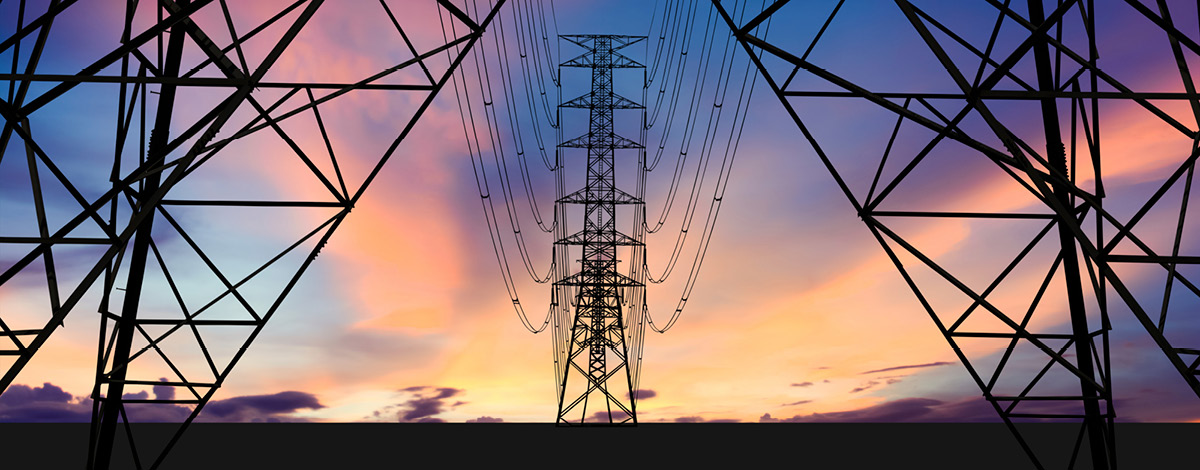Commentary
Enhancing grid stability through energy efficiency
June 4, 2024

As we approach the start of summer, the need for cooling adds additional pressure to the grid, especially at peak hours. The Electricity Reliability Council of Texas (ERCOT) recently warned that reserve margins will be squeezed as temperatures are expected to rise. Last year, ERCOT asked customers multiple times throughout the summer to reduce their power consumption to limit the risks of blackouts. Many other states across the US face similar situations, and there are ways for individuals and corporations to alleviate the stress of heightened energy demand on the grid, namely through energy efficiency retrofits. Energy efficiency is often referred to as the low-hanging fruit of the energy transition and is a theme we are paying attention to.
The role of energy efficiency
Energy efficiency is the act of using less energy to perform the same function, such as heating a home or running a dishwasher. Reducing energy demand not only allows the grid to run more smoothly but also enables cost savings for consumers. To promote the quicker adoption of energy efficiency retrofits, the US has been taking both a carrot and stick approach through incentives along with regulations. To date, there are over 1,072 rebate programs in place in the US for both individuals and corporations to take advantage of. Over the next few years, it is expected that the investment in energy-efficient buildings and initiatives will double, providing many interesting investment opportunities.
HVAC: A major energy savings opportunity
One way that we are exposed to the energy efficiency theme is through commercial and industrial HVAC (heating, ventilation and air conditioning) solutions and equipment. Within a home or a building, heating and cooling uses the most energy. Typically, by upgrading equipment to state-of-the-art models, energy savings can be anywhere from 20% to 50%. Every year in the US, over $14 billion is spent on HVAC equipment either through new installations or repair and replacement. In April 2024, the Department of Energy (DOE) announced four consensus-based efficiency standards that are expected to save Americans billions on utility bills. A recent addition to the portfolio is poised to benefit from the stricter standards.
AAON’s commitment to innovation
While decarbonization and energy transition are secular trends that have gained popularity in the last few years, our holding AAON (AAON US) has been delivering HVAC equipment since 1988. Since then, AAON has focused on providing commercial and industrial customers with the highest quality equipment, saving them both energy and dollars. As the DOE released updated guidance on spec requirements for HVAC equipment, AAON was not required to update any of its equipment as it already met all the minimum requirements. Innovation and R&D have always been at the heart of company, which have led it to develop some of the most efficient and best-performing equipment on the market. Compared to peers, AAON spends the highest percentage as a proportion of sales on R&D, which we believe is an important piece of the company’s competitive advantage.
Efficiency today, savings tomorrow
Investing in energy efficiency brings multiple benefits. By adopting HVAC solutions and other retrofits, we can reduce the strain on the grid, lower costs and contribute to a more sustainable future. We believe making these changes now can lead to long-term gains for both individuals and businesses.







